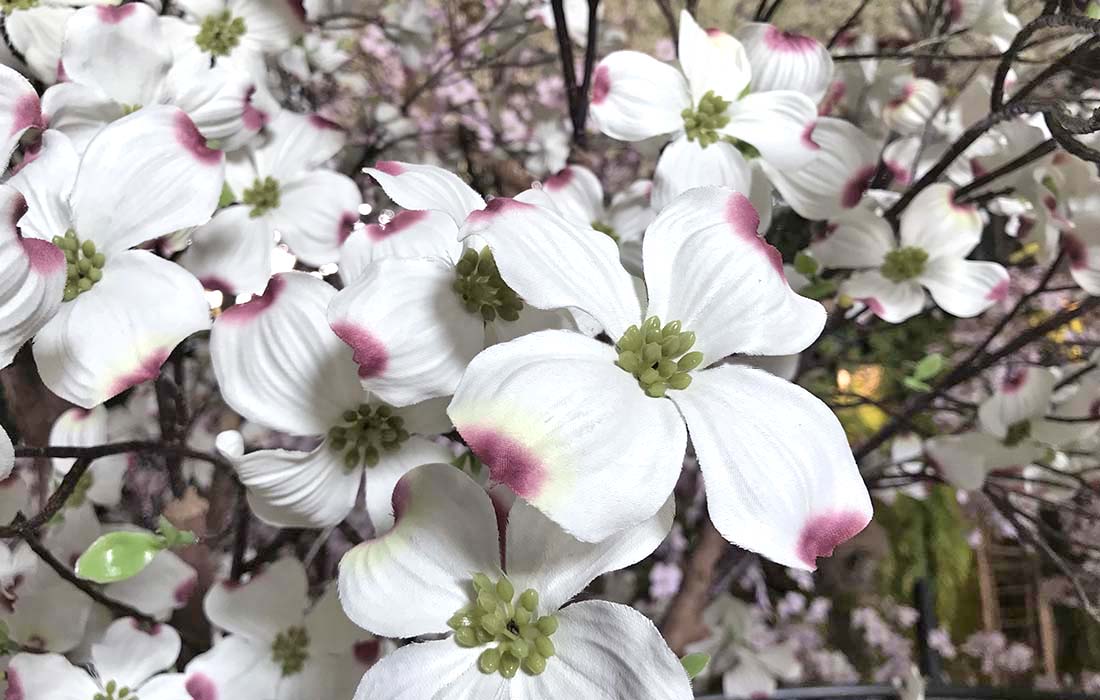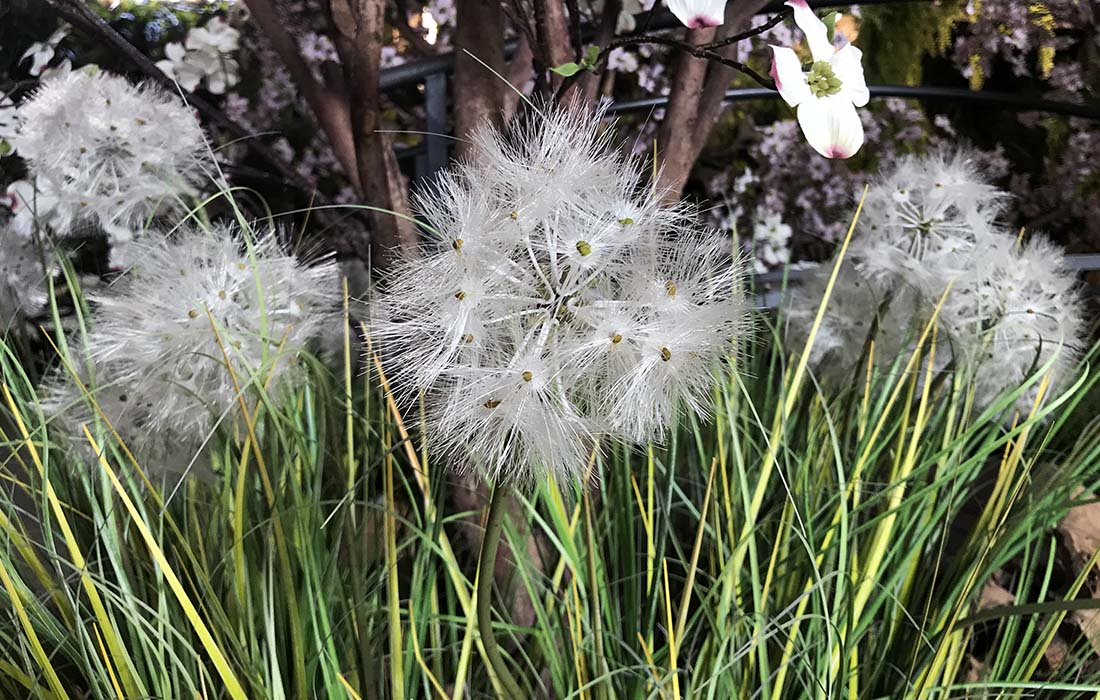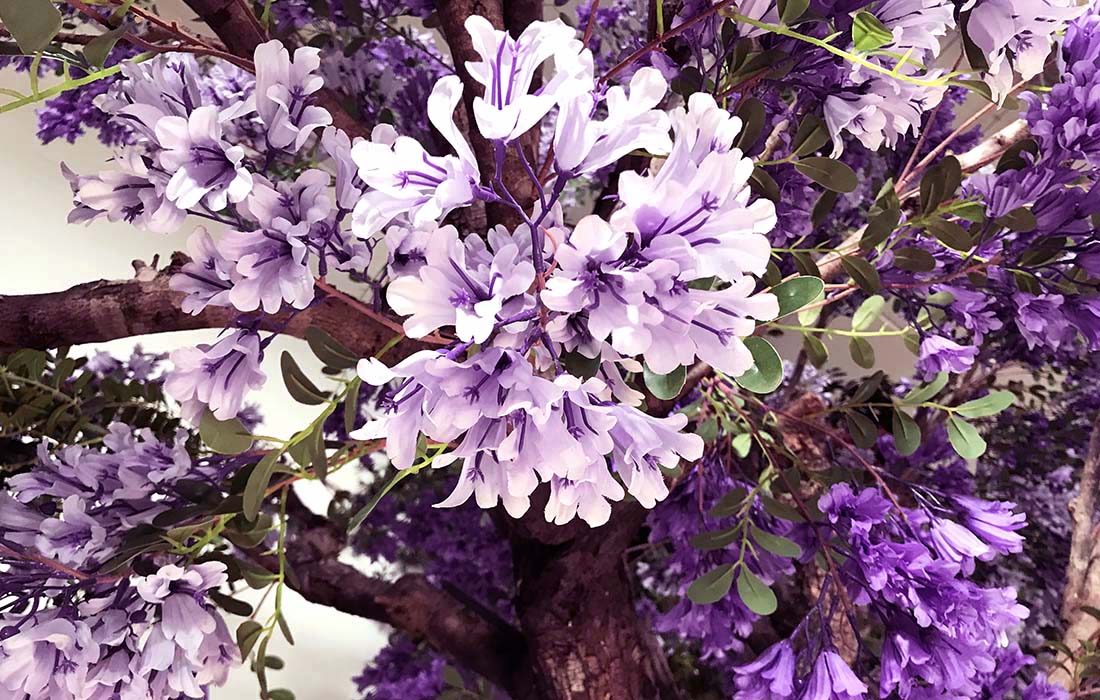The art of artificial flowers, accurate reproductions of the ephemeral beauty of the natural world, is an art that has been lost through the centuries. It was first mentioned during the time of the Pharaohs in Egypt, and carried on to the so-called Chinese silk flowers of the 8th century AD.

These refined artifacts arrived in Europe during the 12th century through the Silk Road. Italian master craftsmen developed great skill and artistic sensitivity, which was later emulated by the French. They were proponents of the legend of the "too perfect rose," an artificial flower so accurate that it astonished Queen Marie Antoinette during the period of the Revolution. Industrialization, first in England and then in America, laid the groundwork for modern mass production, using molds and plastic materials or synthetic fibers.

The artisanal Made in Italy culture, so deeply rooted in the artificial greenery sector, still serves as a source of inspiration for the work of Ila and for the Technique of Semi-Natural. The imminent arrival of spring, with its explosion of blooms, reminds us of art's innate tendency to try to capture the moment and preserve it for eternity, whether through sculpture, photography, or the reproduction of fragrant petals and buds."


